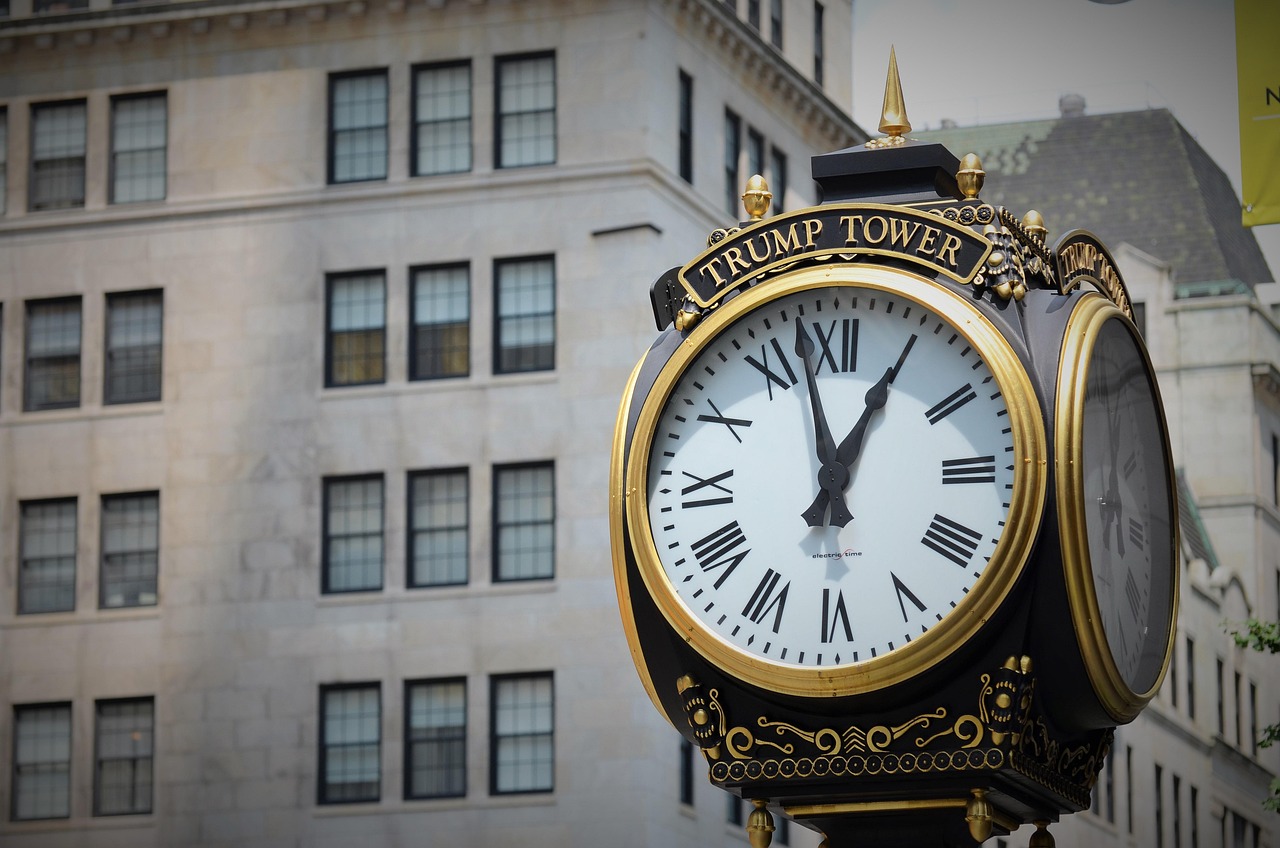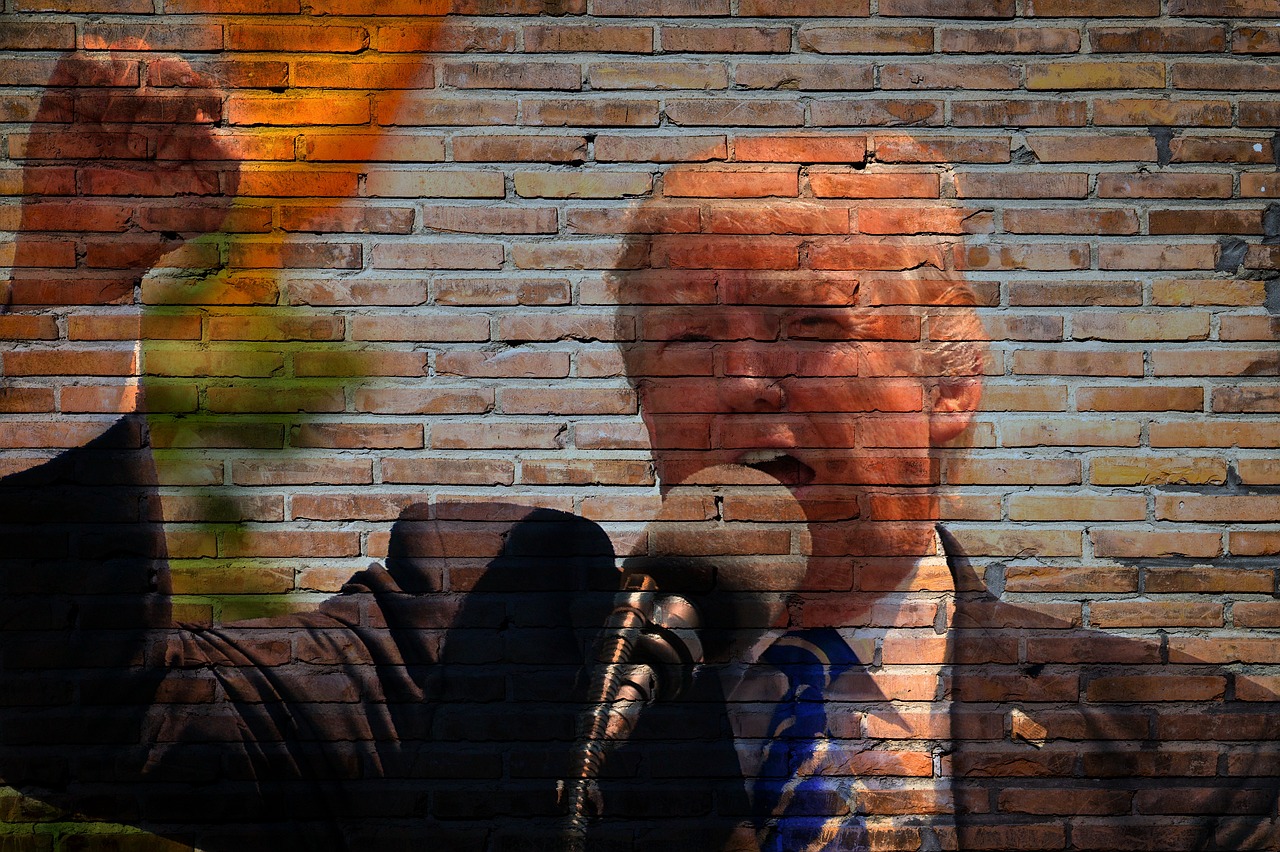
Bipartisan Effort Prevented Tax Spike on Foundations
The key outcome of recent legislation signed by President Donald Trump in July 2025 was the prevention of a 600 percent tax increase on the endowments of the largest private foundations. Two Republican senators, Todd Young of Indiana and James Lankford of Oklahoma, led a broad bipartisan coalition that successfully removed a provision that would have raised the excise tax on foundations with assets exceeding $5 billion from 1.39 percent to 10 percent. This effort highlights how bipartisan collaboration can protect philanthropic institutions from drastic tax hikes while still increasing taxes on other large entities like universities.
Impact of the Proposed Tax Increase on Large Foundations
The proposed tax increase targeted a small number of extremely large foundations known for their substantial endowments. For example, the Lilly Endowment in Indiana holds nearly $80 billion in assets, making it one of the largest in the U. S. Had the 10 percent excise tax been applied, foundations of this size could have faced a sixfold increase in taxes on investment earnings, severely reducing funds available for grants and community investments. Senator Young emphasized that the tax hike was perceived as a political move aimed at foundations accused of supporting progressive social agendas, such as Black Lives Matter, which some conservative politicians, including Vice President JD Vance, have criticized publicly.
Conservative Groups Played a Crucial Role in Opposition
Conservative philanthropic organizations were instrumental in opposing the tax increase. The Philanthropy Roundtable, known for supporting free-market and conservative ideas, led a coalition urging Senate leaders to reject the tax hike. Their argument was grounded in conservative principles that oppose diverting private charitable dollars to the government. According to their coalition letter, taxing foundation assets excessively would undermine charitable giving and nonprofit independence. This stance resonated with many Republican senators who recognize the value of private philanthropy in supporting community initiatives without government interference.
Mixed Effects of Other Tax Provisions on Philanthropy
The legislation also introduced other provisions affecting charitable giving. It expanded the standard charitable deduction to $1, 000 for individuals and $2, 000 for married couples, a change expected to encourage more donations from everyday taxpayers. On the other hand, it imposed a new requirement for corporations to donate at least 1 percent of their taxable income to qualify for tax benefits. Since many corporations currently fall short of this threshold, the new rule might discourage some corporate giving altogether. Additionally, a cap on itemized deductions for the wealthiest taxpayers could reduce the incentive for major donors to contribute, potentially offsetting gains from the expanded standard deduction.
Challenges from Cuts to Social Safety Net Programs
Nonprofit advocates warn that despite protecting foundation endowments, the broader legislation includes cuts to social safety net programs that nonprofits and foundations rely on to serve vulnerable communities. The United Philanthropy Forum and the Council of Michigan Foundations have highlighted that reductions in healthcare, education, and food assistance increase demands on philanthropic organizations, which are already stretched thin. Nearly 3, 000 nonprofits signed a coalition letter to lawmakers expressing concern about these cuts, emphasizing that philanthropic funding cannot fully compensate for reductions in government support for essential services.
Balancing Economic Growth and Philanthropic Giving
Senator Todd Young expressed optimism that the legislation strikes a balance between fiscal responsibility and supporting philanthropy. He noted that when the economy grows, charitable giving tends to increase as individuals and corporations have more disposable income. This view suggests that economic expansion under the current administration could offset some negative effects of tax changes and social program cuts. However, data from previous economic cycles show that charitable giving can be volatile during downturns, and the combined impact of tax changes and social cuts may still pose challenges for the nonprofit sector.
Final Thoughts
Conclusion Encouraging Civic Engagement in Philanthropy Policy. The bipartisan effort to block a steep tax increase on foundation endowments demonstrates the power of civic engagement and coalition-building in shaping policy that affects philanthropy. While the legislation includes mixed provisions that both encourage and limit charitable giving, the ongoing dialogue between lawmakers, nonprofits, and philanthropic groups underscores the importance of vigilant advocacy. Citizens and stakeholders should stay informed, participate in public discussions, and support policies that balance government revenue needs with the independence and effectiveness of private philanthropy in serving communities nationwide. [Infographic] Comparison of Excise Tax Rates on Large Foundations Before and After Legislation.
– Previous rate: 1.39% excise tax on investment earnings.
– Proposed rate: 10% excise tax (blocked by bipartisan coalition) – Result: No increase for foundations, 10% tax applied to universities’ endowments. [Infographic] Impact of Charitable Deduction Changes on Donor Behavior. – Standard deduction increase: $1,000 individual, $2,000 married couples.
– Corporate giving requirement: Minimum 1% taxable income for tax benefit.
– Expected effect: More small donors encouraged, potential decrease in corporate donations. [Infographic] Social Safety Net Cuts and Increased Demand on Nonprofits.
– Cuts in healthcare, education, food assistance programs. – Nearly 3, 000 nonprofits signed coalition letter opposing cuts.
– Nonprofits face higher demand with reduced government support. These data points illustrate the nuanced effects of the 2025 tax and spending law on philanthropy, highlighting the importance of continued civic engagement in shaping policies that affect the nonprofit sector.


























